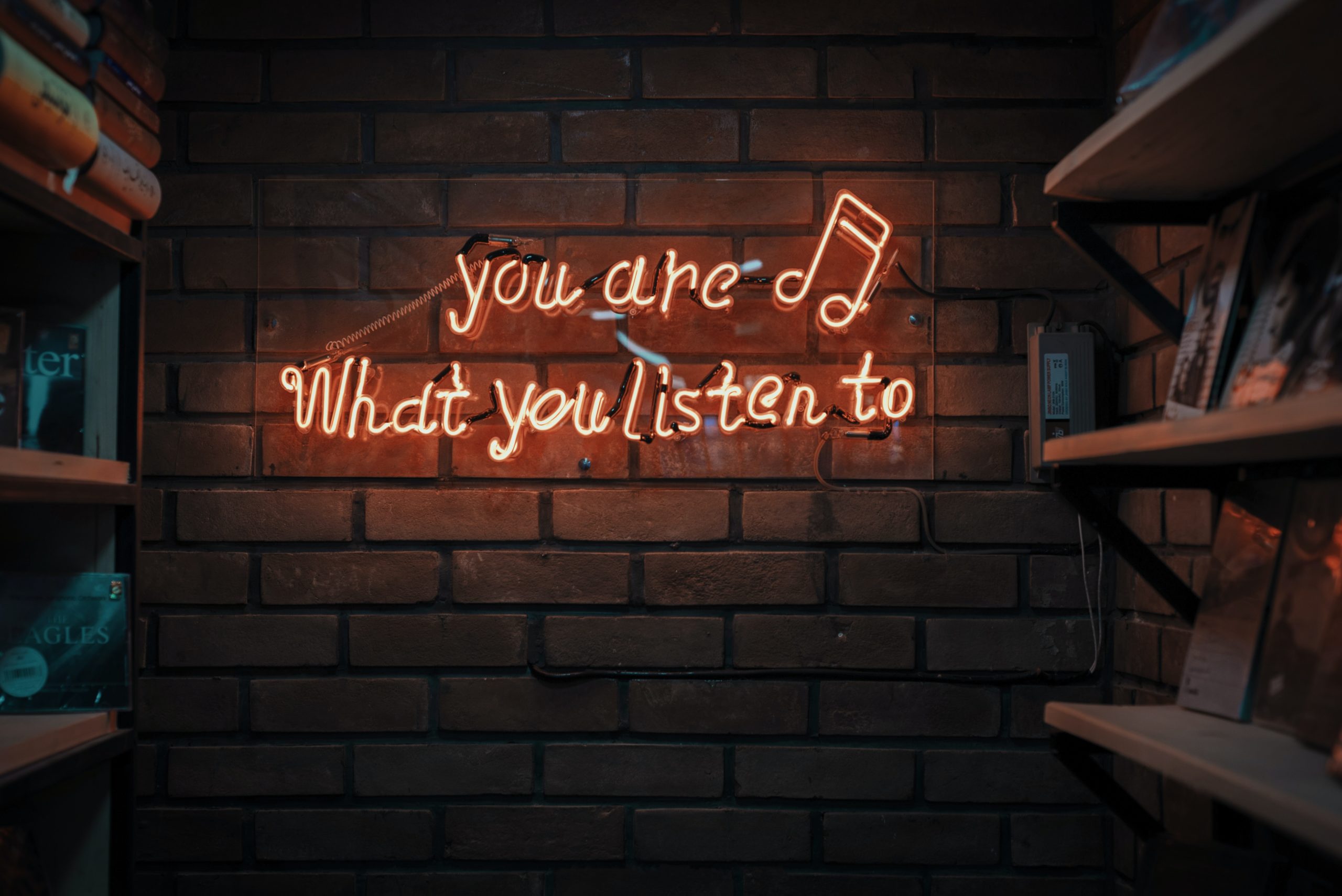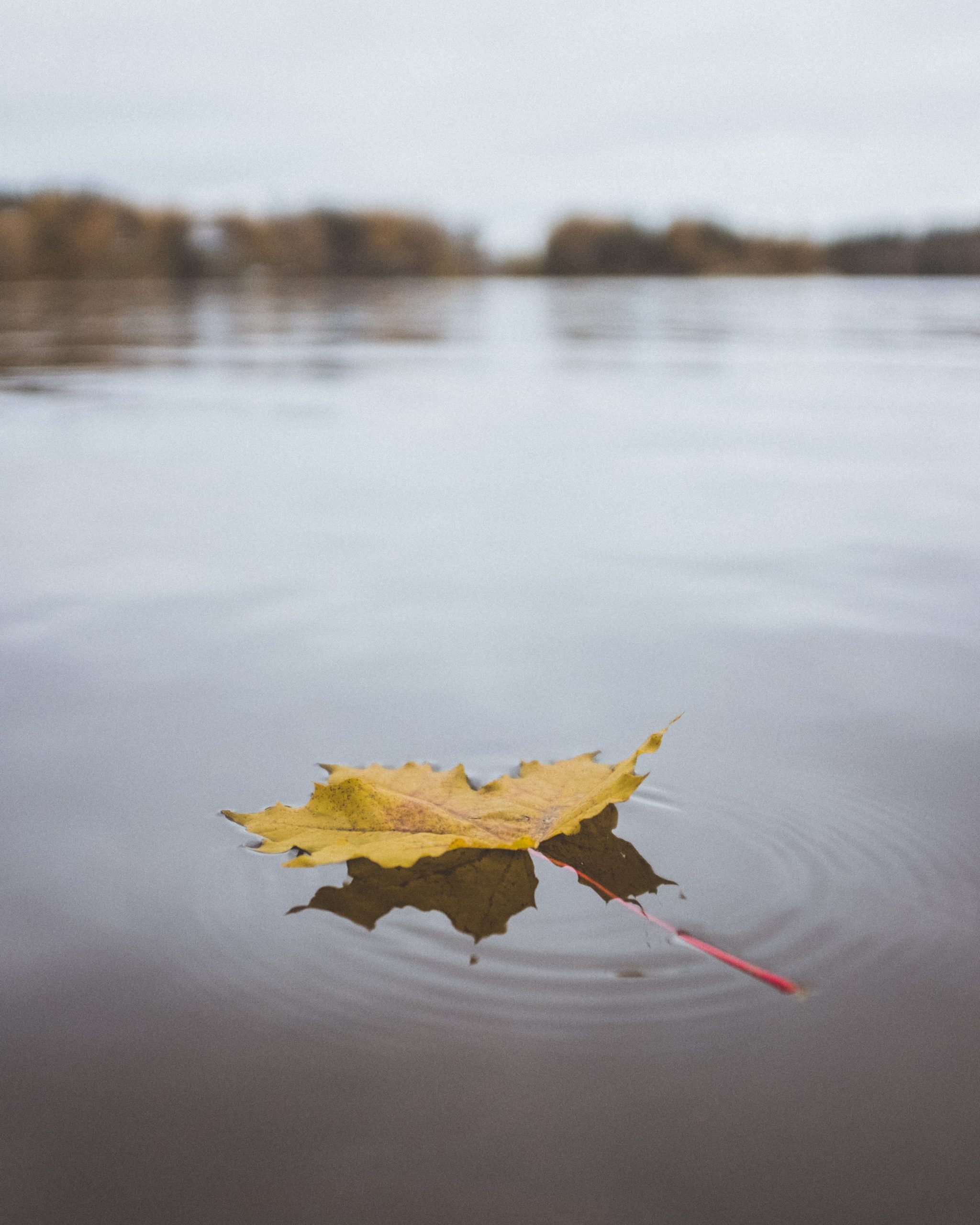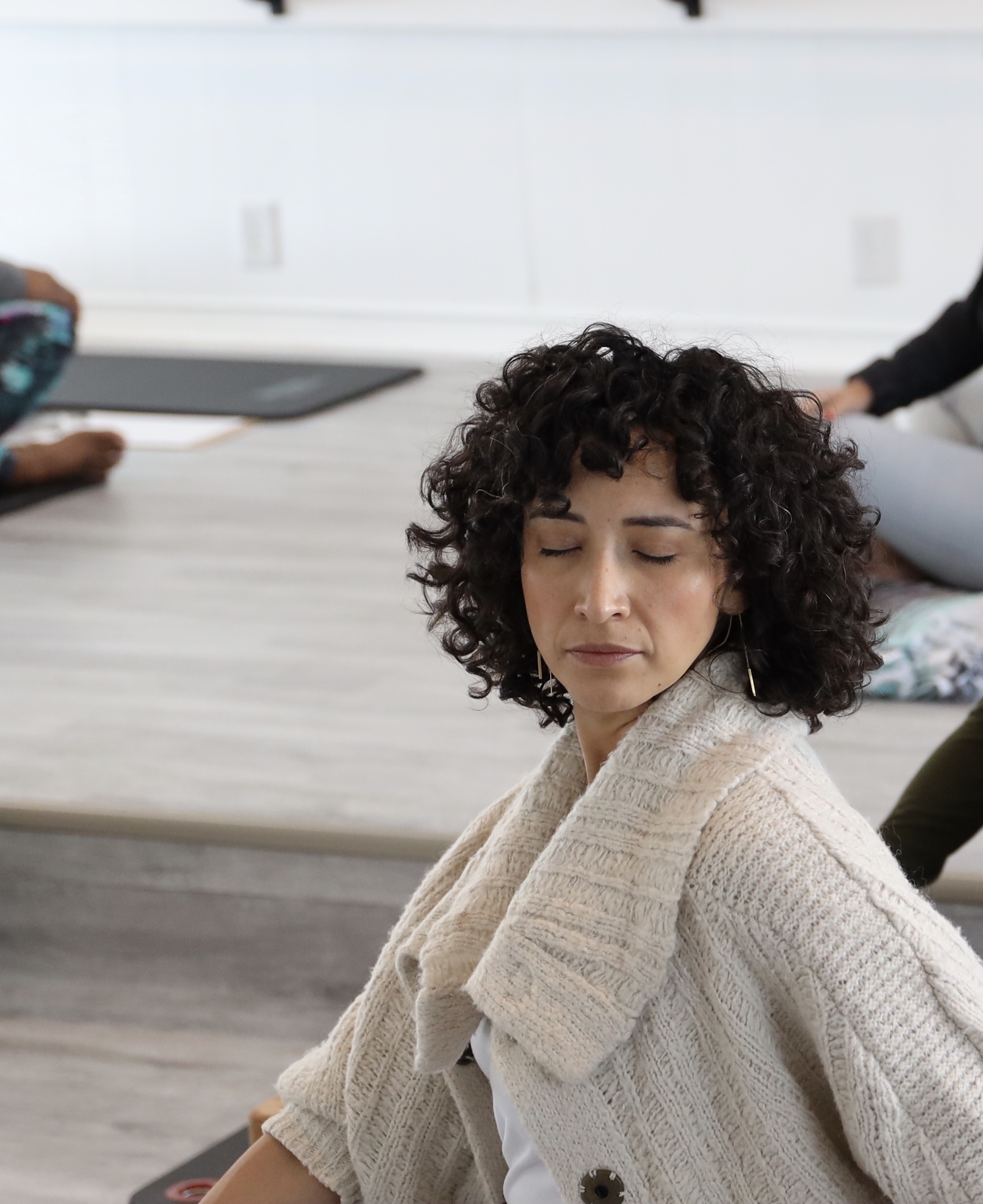
Recognizing how past traumas and stress affect the body can be a valuable resource in resolving the symptoms of stress and trauma. One of the core tenants of somatic-oriented work is that the body possesses its own wisdom and can lead us towards healing if we listen to it.
Somatic Experiencing® (SE) is a technique that assists individuals in addressing and releasing stored trauma in the body. By focusing on bodily sensations and physical experiences, SE aims to regulate the nervous system and restore a sense of safety and equilibrium. SE commonly includes methods like body scanning, where individuals tune into different body parts to identify tension, and grounding exercises to foster connection and presence in the moment.
Incorporating somatic healing into daily life can be a powerful practice. Simple activities such as mindful breathing, progressive muscle relaxation, or gentle stretching can help individuals maintain a connection with their bodies and enhance a feeling of calmness and well-being. By integrating somatic practices into your routine, you can develop a deeper understanding of your body and emotions, promoting resilience and self-care.









